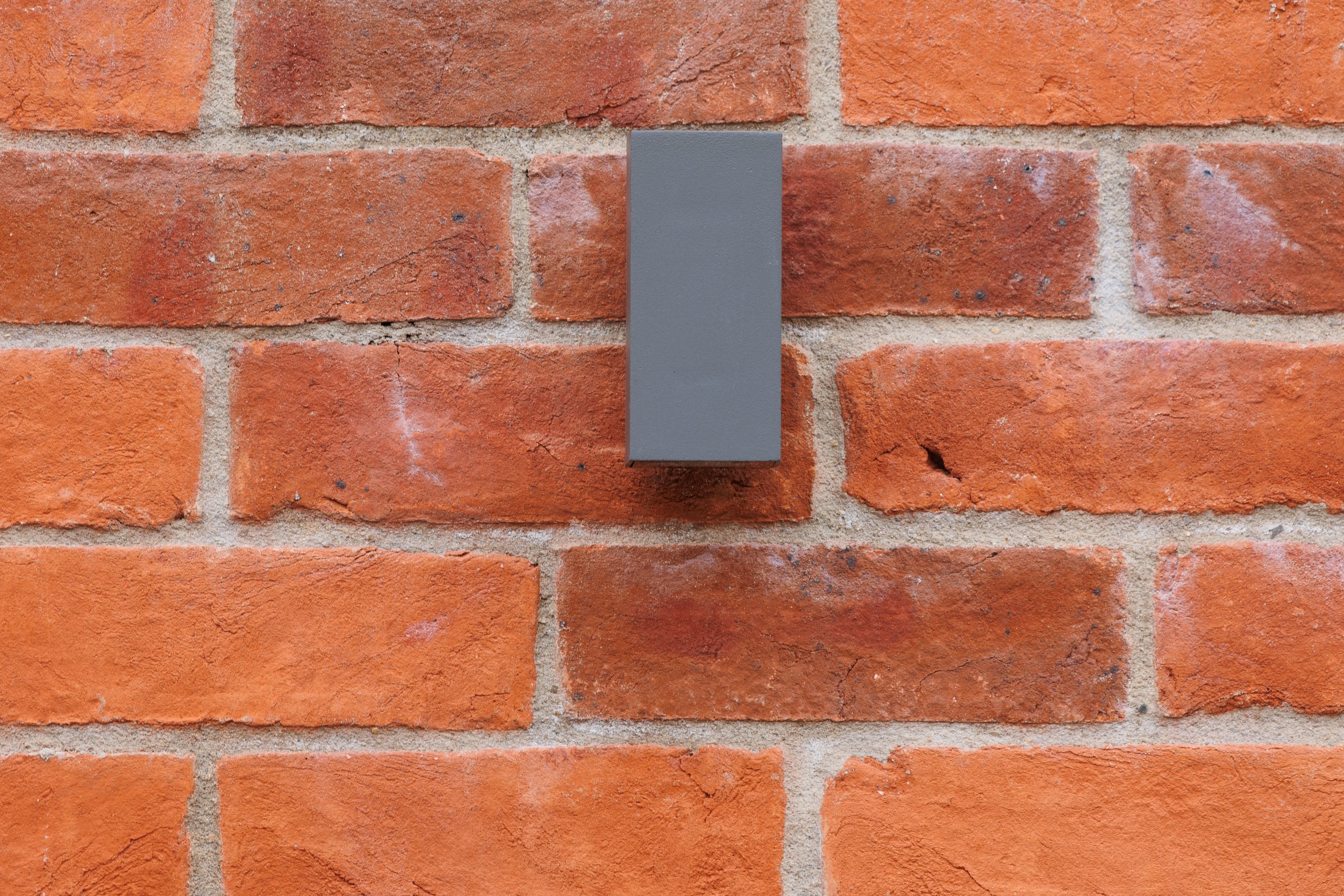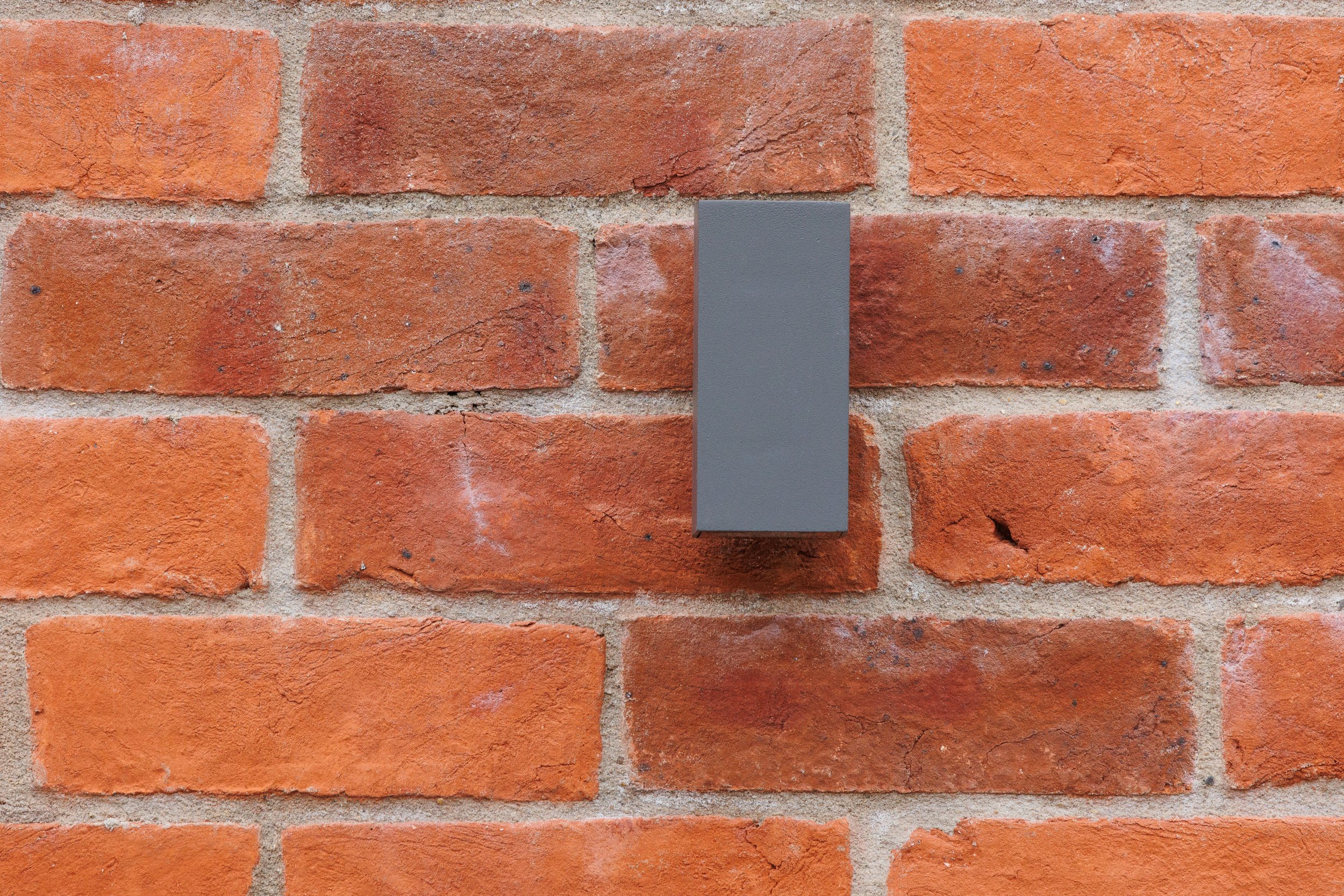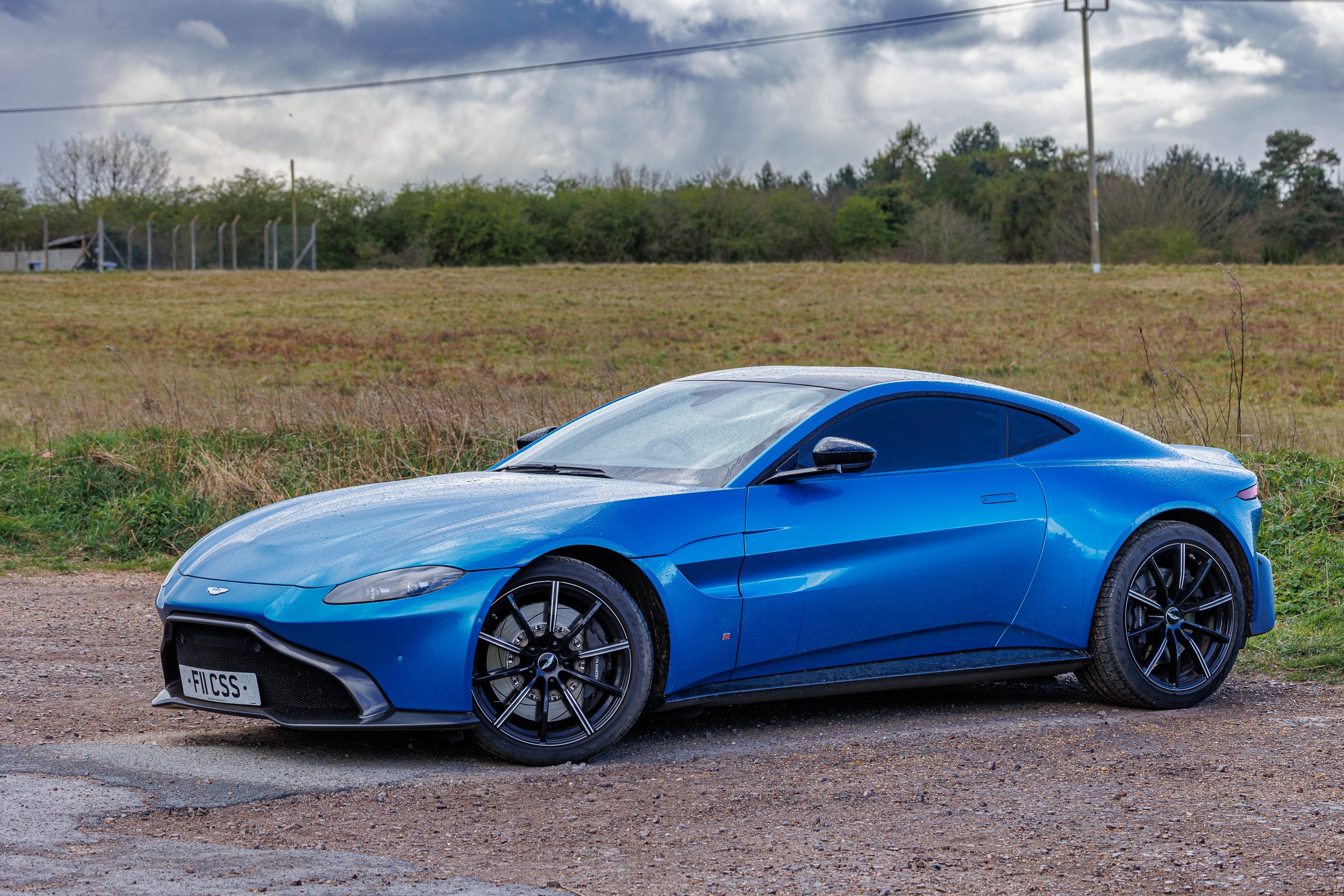Canon RF 100-500mm f4.5-7.1L IS USM review
I have been reading reviews and seeing YouTube videos about this lens for some time, so when the opportunity came up to get my hands on a copy, I jumped at the chance. This was done as part of the Canon “road test” promotion; you have to pay a security deposit (in this case £650) and pick two days when you’d like to have it. A Parcelforce courier did both the delivery and collection, which was all handled very efficiently. I was keen to see if the lens was significantly better than my Sigma 150-600 f5-6.3 Contemporary; at nearly £3,000, the Canon is a serious investment - can it really be worth three and a half times the price of the £850 Sigma?
The first thing you notice about the lens when you pick it up is how light it is. The official weights are 1.53kg for Canon vs 1.93kg Sigma, but to be honest it felt much more than a 400g difference (the Sigma needs the EF-RF adapter fitted, of course). Attached to my R6 I would have no trouble at all carrying this lens all day, and it makes for a very wieldy unit.
Switches
The lens has multiple switches for stabiliser on/ off and mode, auto/ manual focus, and a focus distance limiter. Note also the rather odd “smooth/ tight” ring that makes zooming the lens easier or more difficult. Not really sure what that’s for.
Lens mounted on my R6
The control ring on this lens (I use this to adjust ISO) is the knurled collar nearest the mount; there is a tripod shoe, and the lens comes with a hood was standard. This has a handy sliding hatch to allow the adjustment of polarising filters without having to remove it.
Lens hood with sliding door to facilitate access to rotating CPL filters.
Having mounted the lens on the camera, it was time to get some photos. For a simple comparison test, I decided to shoot a brick wall on my house, with both the Canon and my Sigma set at their widest apertures, and a second set with both set to f11.
Canon at 500mm f7.1
Sigma at 500mm f6.3
Canon at 500mm f11
Sigma 500mm f11
I think, at this point we may as well “cut to the chase”; as far as I can tell, the Canon is very slightly sharper than the Sigma wide open, but by f11 there’s no discernible difference. Although the images I’ve included at all at 500mm, the same result was shown at shorter focal lengths. These are RAW images loaded into Lightroom, with only the lens correction added. What is noticeable is that the Sigma produces much warmer images than the Canon, a fact I found rather odd.
An area where the Canon excels is in image stabilisation. I had no trouble at all getting acceptably sharp shots at 1/15th of a second at 500mm, something I’d never risk with the Sigma which claims four stops of IS, but my experience is that it’s nearer two.
Handheld shot at 1/15th sec, lens at 500mm
One area where the pundits are raving about is the focussing capability, but I had quite a different experience to many. It’s very fast and effectively silent, but I did not find it 100% reliable. I took a 50 shot burst of two marsh harriers in flight, and every single shot is unusable; similarly, small birds in trees had the lens hunting backwards and forwards trying to lock onto something, and many times this wasn’t the bird.
Uncropped original image of marsh harrier pair - note that target bird is in centre of frame - I was using large single-point focussing.
Crop from full image - as you can see, completely missed focus and unusable
When it does get focus however, the images produced are excellent; colourful, contrasty, great tones. The contrast when shooting against the light is particularly worthy of mention. Here’s a few samples; these have had processing done in Lightroom, and some have been cropped. You can click on these images to enlarge.
Verdict
So what’s the verdict? Well, the Canon is a great piece of kit; lightweight, sharp, incredible stabilisation, but in my experience, focusing can be an issue in some circumstances. For a working professional using Canon mirrorless, you’d almost certainly be buying this lens for shooting sports and wildlife. I think it probably makes a better pairing with the R5 than the R6, where cropping or going into APS-C mode still gives you loads of megapixels to play with. For me with my R6, however, I missed the extra 100mm reach that the Sigma gives and to be frank, I think it’s overpriced for the marginal improvement you get in image quality versus a lens that’s only a quarter of the price. In a way, it shows what a great lens my Sigma is; I just wish it were a bit lighter! It just shows that one shouldn’t believe the hype, and you should certainly road-test any potential purchase to avoid disappointment.





















